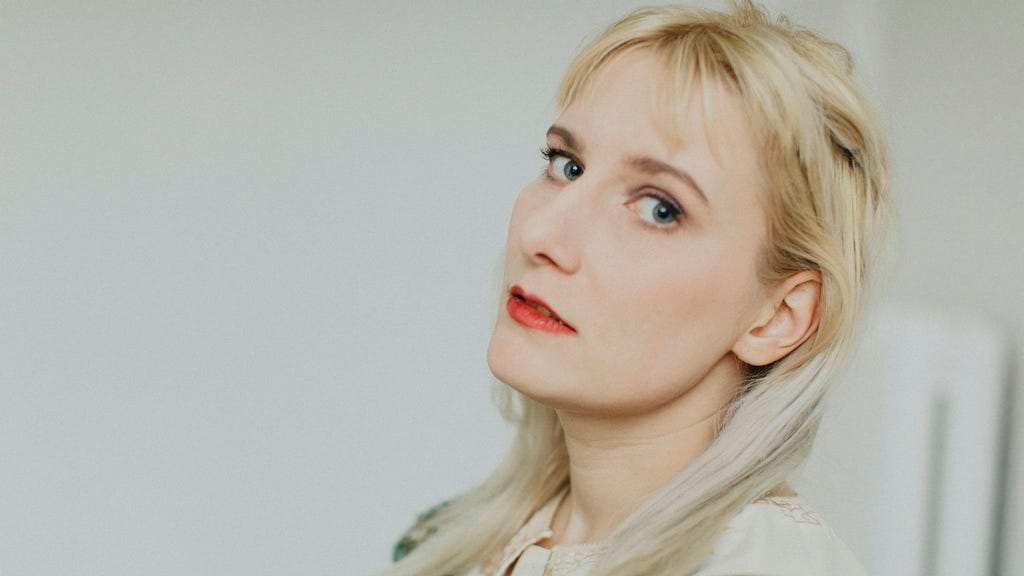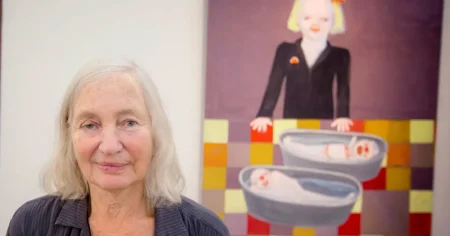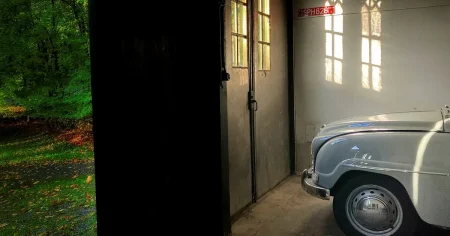The author reflects on the birth of her child six months prior, drawing parallels between childbirth and the nativity scene central to Christmas. The anticipation and hopefulness of pregnancy, akin to Advent, gave way to a stark reality post-partum. The author yearns for the comfort and care of the delivery room, contrasting it with the impersonal environment of the postnatal ward, where her role shifted abruptly from patient to caregiver. The initial euphoria of childbirth dissipated, replaced by a sense of loss and the daunting responsibility of motherhood.
The author humorously describes her newborn’s cries as resembling the chilling sounds of a death flute used in Aztec sacrificial rites, highlighting the intensity and primal nature of her infant’s needs. The constant demands and the fear of harming her child eclipsed the anticipated joy of motherhood. Simple tasks, like using a stroller, proved distressing for the baby, shattering the idyllic image the author had held of leisurely walks with her child. She felt isolated, unable to connect with other mothers, whose experiences either seemed shrouded in amnesia or focused on superficialities.
The author introduces the concept of horror vacui, the fear of emptiness, relating it to her child’s transition from the enclosed world of the womb to the vastness of the external world. This existential dread, she reflects, also resonates with her own experience of motherhood, reawakening anxieties that had been dormant during pregnancy. The long afternoons in the quiet suburb amplified this sense of emptiness. The stark contrast between the vibrant anticipation of pregnancy and the isolating reality of early motherhood intensifies the emotional weight of this period.
Seeking solace and understanding, the author turned to narratives of motherhood, finding resonance in the works of Olga Ravn, Anna Axfors, and Sandra Beijer. These stories offered not just validation of her own experience, particularly the sense of irretrievable loss, but also a glimmer of hope for what might come next. Anna Axfors’s powerful description of the fierce love for her child, likened to a "red streak, a wound across the sky," resonated deeply with the author, capturing the intensity and transformative power of maternal love. These literary connections provided a lifeline during a period of profound change and emotional upheaval.
Four months later, the landscape has shifted, both literally and metaphorically. Walking with her son under a snowy sky, the author finds a newfound connection with the world. Observing her child’s fascination with light and patterns, she contemplates the wonder and interconnectedness of things, suggesting that infants possess a unique understanding of these fundamental principles. The scene evokes a sense of peace and emerging understanding, contrasting sharply with the earlier descriptions of anxiety and disorientation.
The author concludes with a poignant reflection on the ongoing process of birth – the birth of the child, and the concurrent birth of the mother. This dual transformation takes time, demanding patience and acceptance. While the challenges of early motherhood persist, a sense of hope permeates the final paragraph, suggesting that the initial despair is giving way to connection, understanding, and the slow unfolding of love. The journey of motherhood, much like the unfolding of the Christmas story, is one of transformation, marked by both profound challenges and enduring hope.














